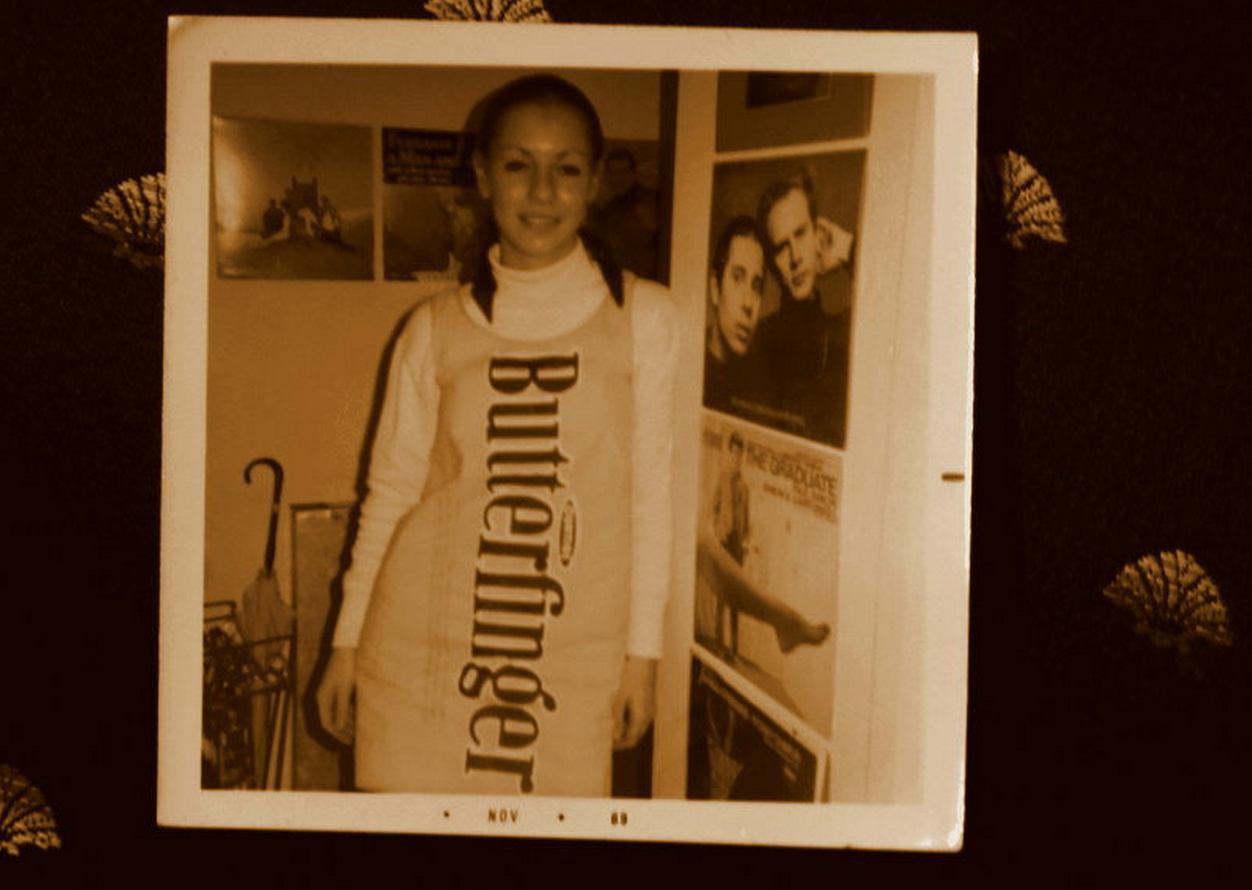Nestlé Says It Will Remove Artificial Flavors & Colors From Chocolate Products

While Nestlé is removing artificial ingredients from Butterfinger, it is not going back to the 1969 recipe, which apparently stuffed adult women into the chocolate bar. (photo: Renee Rendler-Kaplan)
The change will impact more than 250 different Nestlé products across 10 different brand lines, including the various Butterfinger, Nestlé Crunch, and Baby Ruth bars you buy when you’re at the movie theater. Other Nestlé brands included in the change are Raisinets, Goobers, Sno Caps, 100 Grand, Oh Henry, Chunky, and Skinny Cow.
In a statement, the company gives two examples of ingredient changes. The aforementioned color of the Butterfinger core will no longer come from Red 40 and Yellow 5, but from annatto seeds, which has long been used as a natural food colorant. And Nestlé Crunch products will no longer use artificial vanillin but natural vanilla flavor.
Nestlé claims that the revamped products will begin hitting retail shelves by the middle of the year. They will be distinguished from existing items by a “No Artificial Flavors of Colors” notation on the packaging.
In addition to the removal of the artificial ingredients, Nestlé says it is investigating the possibility of replacing the caramel coloring that it uses in a handful of these products. While caramel coloring is exempt from FDA certification and would thus not fall under the umbrella of “artificial,” some types of caramel coloring include high levels of 4-Methylimidazole (4-MEI), a possible carcinogen. Recent studies have found that some colas may contain high levels of 4-MEI.
“We know that candy consumers are interested in broader food trends around fewer artificial ingredients,” says Doreen Ida, president, Nestlé USA Confections & Snacks. “As we thought about what this means for our candy brands, our first step has been to remove artificial flavors and colors without affecting taste or increasing the price.”
The company says it has conducted taste testing to ensure that the updated products don’t drive away customers who are happy with the current versions.
“Nestlé’s decision to remove artificial dyes and artificial flavors from all its chocolates by the end of the year won’t turn its candy into a health food,” Lisa Lefferts, Senior Scientist at the Center for Science in the Public Interest, tells Consumerist, “but it is an improvement, and will be appreciated by many parents whose children suffer adverse reactions to food dyes. Artificial flavors are less of a concern.”
Want more consumer news? Visit our parent organization, Consumer Reports, for the latest on scams, recalls, and other consumer issues.

